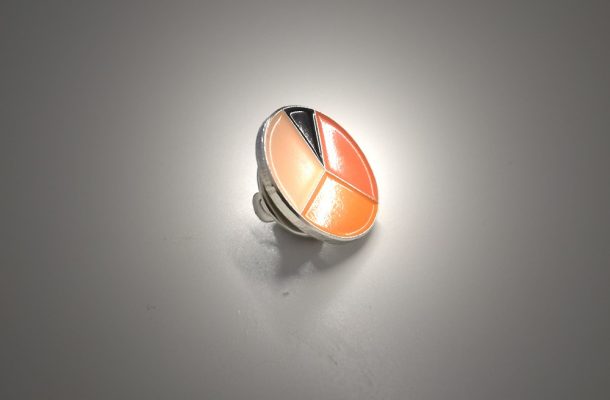The EBE Pie Chart
As an exclusive member of the EBE Pie Chart Club (ssshhhh… don’t tell anyone!), we wanted to share with you the story behind the organisation and behind the logo. So here goes!
While wearing our lapel pin badges, we were asked by a number of people: “What on earth is that?” or “What does your pie chart mean?”
We wanted to use this page to explain where the logo came from and what it means, so that you, too, can tell our story!
Back in the winter of 2014-15, when Evidence Based Education was but an idea in the collective mind of Stuart and Jack, they were sat in a cafe on the street pictured above, in Jesmond, Newcastle-upon-Tyne (other chain cafes are available…), attempting to devise a logo for this new company.
After numerous iterations, and having inadvertently plagiarised the logos of at least four other organisations, they finally settled on the pie chart idea. They often refer to EBE as sitting in the role of “boundary-dweller” of education; to understand what this means, and where the logo fits in, have a read of the chart below.
That’s where the logo comes from, what it means, and why you have a beautiful pie chart pin badge!
Do share with us your photos of you wearing them, wherever you are, on Twitter @EvidenceInEdu, on Facebook or on Instagram.
#EvidenceBasedEducation







